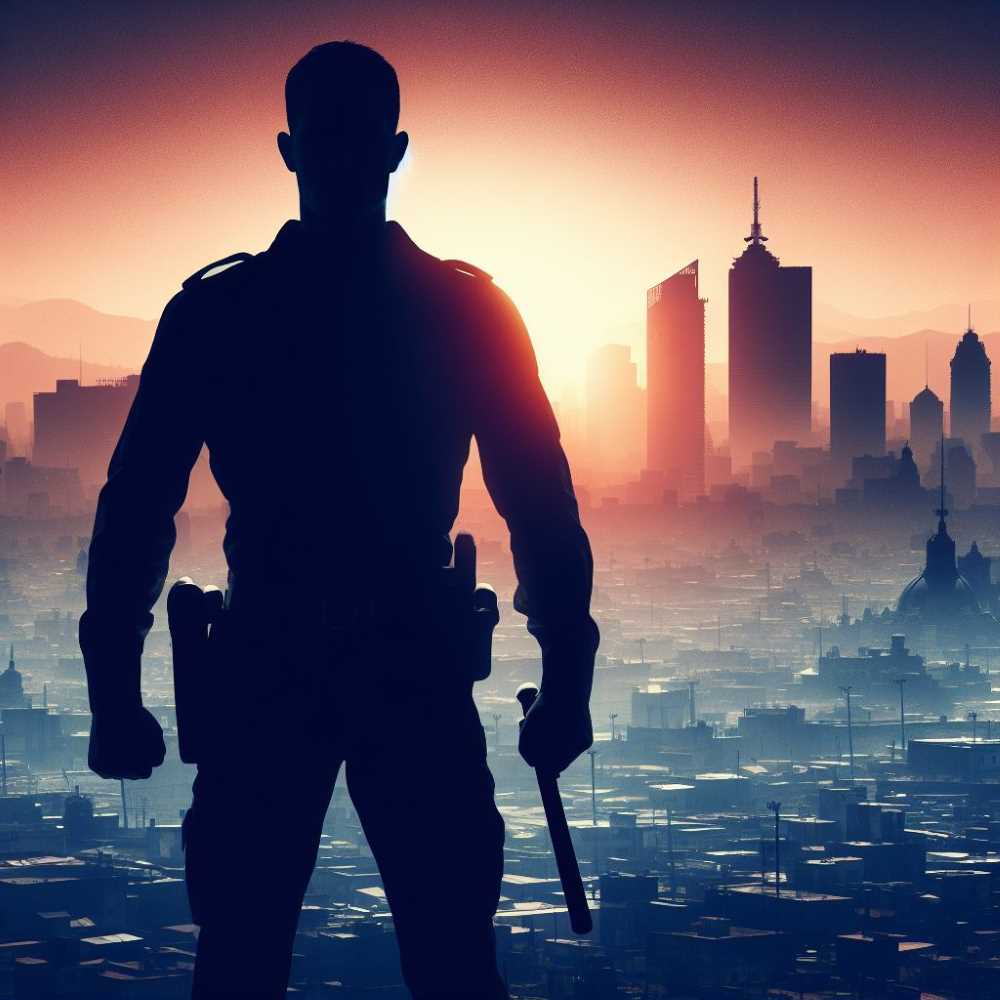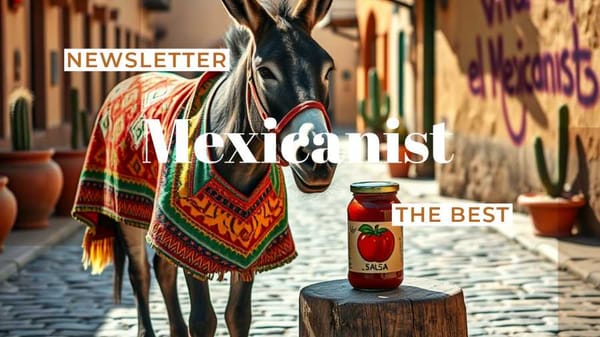How Media and Power Painted the Panchitos as Villains
1970s Mexico City's Panchitos gang were more than just delinquents. The media and a corrupt police chief turned them into scapegoats for the city's problems. Their story reflects a society struggling with youth rebellion and government brutality.

During the late seventies and early eighties, groups of young people grouped into gangs emerged in Mexico City that were characterized by their distinctive clothing and musical preferences. These groups were concentrated mainly in the western area of the city, in the neighborhoods of Tacubaya and Mixcoac, such is the case of the Panchitos.
The reputation of the Panchitos was not created solely by their actions, but also by the media of the time, which created an entire discourse about them based on their clothing. This was largely due to the very particular way of acting of the head of the Police and Traffic Department of the Federal District, Arturo Durazo Moreno, during the government of President José López Portillo. Durazo was characterized by applying various repressive methods, such as torture, rape, extrajudicial uprisings and disappearances, against anyone who appeared to be a criminal, in addition to enjoying a high degree of corruption and impunity in the application of his various methods.




